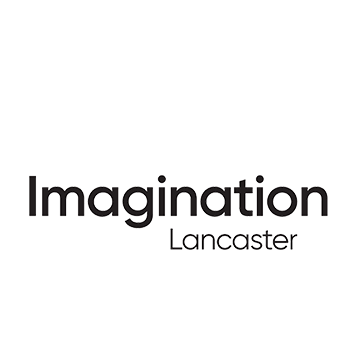Another year our Lecturer in Participatory Architecture, Dr Mirian Calvo has been with the students of the Master in Rebuilding the World (RBW) of the Bordeaux School of Architecture (ENSAP-Bx), where Mirian is a guest lecturer. The Master, convened by Associate Professor Hocine Aliouane-Shaw, focuses on providing theoretical principles and practical methodologies to international students about participatory ways of including citizens in the transformation of social spaces in the built environment. Whether in the context of emerging countries or in Europe, this training sheds light on the steps necessary for the construction of a project practice in constant adaptation to the conditions of the environment, based on the cultural dynamics of a territory.
This year, due to the pandemic, the two-day workshop was designed and delivered in a blended teaching and learning environment. Mirian and Sally Daniels, Senior Lecturer at School of Architecture, University of the West of England (UWE), facilitated the workshop online and the students gathered physically in Nicole Concordet’s Base-Vie working space. Concordet’s practice is embedded in Claveau Village, at the heart of Bacalan neighbourhood, in Bordeaux. Concordet’s practice is developing a participatory process with locals on the retrofitting of their social houses in Claveau Village.
The workshop assembled practitioners, students, researchers and educators in the field of Participatory Architecture. As the traditional role of the ‘Architect’ changes to meet the extraordinary challenges of our times, a new model emerges. At its core is the fundamental understanding that we are all bound together, and we must work collaboratively and cooperatively. This two-day workshop was presented as an introduction to context, concepts, tools and practices in the field of Participatory Design, and was called ‘RE-BUILDING TOGETHER’.
In preparation for the workshop, students were asked to break the ice with an individual visit to Bacalan, to sharpen their senses, and then go back home and draw a map of the route they took by memory. These exercises supported learning activities during the workshop. By sharing and presenting individual urbanistic readings, new conversations emerged and enabled students, practitioners and educators to co-construct a more holistic understanding of the area of study for the workshop.
Students were divided in small groups of work and planned fieldwork activities for engagement with local residents or passers-by. Each team group went to carry on fieldwork and the following day came back with analysis, new insights, and collective maps built as a result of their interactions with people. After sharing and presenting their insights, they assembled as a big one group and reorganise tasks to fill the gaps identified. They found a gap in interactions with local residents. As reported, the pandemic was hampering to ‘find’ people on the public spaces of Bacalan. So Concordet’s practice grabed a group of residents willing to spend some time with the students. This enabled to fulfil the students wills to experiment some of the participatory methods introduced early in the workshop.
The Workshop also included a conference open to all the students in the School of Architecture, as part of the School’s seminar programme, where Mirian and Sally talked about their experiences on Participatory Architecture, followed by Q&A.
About a month later, Sally, Hocine, Mirian, and the students met again for a afternoon to collectively reflect on the learning experiences of the workshop. Here students shared their impressions on how they were using some of the methods and insights in their final dissertations. The final feedback shared by all the students was that the workshop became a cornerstone in the Master journey as it allowed them to gather physically for first time. The workshop also reinforced the students believe that the best architectonic projects come out of the community involvement and interdisciplinary collaboration.
This collaboration will continue with more activities, watch the space!
Here there is a lovely video made by Hocine:
